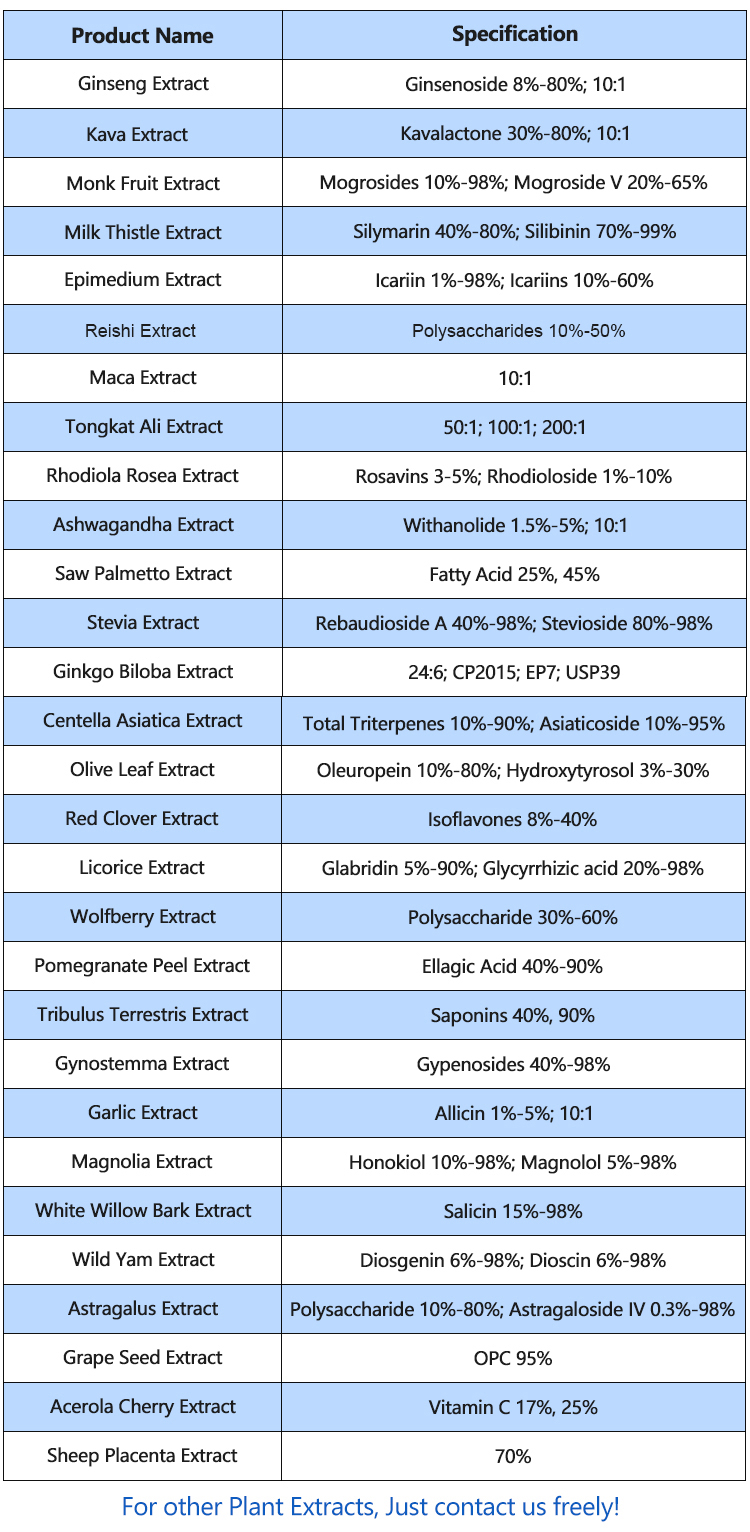Fisetin is a natural flavonoid found in various fruits and vegetables, known for its potential health benefits due to its antioxidant and anti-inflammatory properties. The traditional method of extracting fisetin involves using organic solvents like ethanol or methanol, but there are alternative extraction methods that can be considered. Here are a few alternative methods:
Water Extraction (Hydrothermal Extraction): This method involves using water as the solvent to extract fisetin. Plant material is usually heated under pressure in an autoclave or similar apparatus. Hydrothermal extraction can be more environmentally friendly compared to organic solvents, but it might not be as efficient in extracting certain compounds like fisetin due to its low solubility in water.

Supercritical Fluid Extraction (SFE): In this method, carbon dioxide (CO2) is used as a supercritical fluid to extract fisetin. Supercritical CO2 has properties of both gases and liquids and can be adjusted to have specific solvent properties by controlling temperature and pressure. It’s considered a safe and clean method of extraction, yielding high-quality extracts.
Microwave-Assisted Extraction (MAE): Microwave energy can be used to heat the solvent (such as ethanol) and accelerate the extraction process. This method can reduce extraction times and potentially preserve the bioactive compounds in the extract.
Ultrasound-Assisted Extraction (UAE): Ultrasonic waves can disrupt cell walls and enhance the release of compounds like fisetin from plant materials into the solvent. This method is known for its efficiency and shorter extraction times.
Enzyme-Assisted Extraction: Enzymes can be used to break down cell walls and enhance the release of fisetin from plant material. Cellulases, hemicellulases, or pectinases are examples of enzymes that can be used to facilitate extraction.
Pressurized Liquid Extraction (PLE): Also known as accelerated solvent extraction, PLE involves the use of high temperature and pressure to extract compounds from solid samples. It’s a fast and efficient method that can be used with a variety of solvents.
When considering an alternative extraction method for fisetin, factors such as efficiency, safety, environmental impact, and the preservation of the compound’s bioactivity should be taken into account. It’s also important to validate the chosen method through experimentation to ensure that the extracted fisetin maintains its beneficial properties.
Test method for Fisetin
Fisetin is a natural flavonoid compound found in various fruits and vegetables and has gained attention for its potential health benefits, including antioxidant and anti-inflammatory properties. When it comes to testing fisetin, there are several methods that can be employed to determine its presence, concentration, and purity. One common method is high-performance liquid chromatography (HPLC). Here’s a basic outline of how the testing process might work:
High-Performance Liquid Chromatography (HPLC) Method for Fisetin:
1.Sample Preparation:
- Start by preparing your fisetin sample. This might involve extracting fisetin from the source (like plant material) and then purifying it to remove impurities.
2.Instrument Setup:
- Set up the HPLC instrument. This involves preparing the HPLC column, mobile phase (solvent), and detector.
3.Calibration Standards:
- Prepare a series of standard solutions with known concentrations of fisetin. These solutions will be used to create a calibration curve.
4.Sample Injection:
- Inject the prepared standard solutions and your sample solution into the HPLC system using an auto-sampler.
5.Chromatographic Separation:
- The HPLC column separates the components of the sample based on their chemical properties, such as polarity. Fisetin will be separated from other compounds present in the sample.
6.Detection:
- As the separated compounds exit the column, they pass through a detector. For fisetin, ultraviolet (UV) detection is often used since fisetin absorbs UV light. The detector records the absorbance of UV light by fisetin in each solution.
7.Data Analysis:
- Use the absorbance data to create a calibration curve by plotting the peak area (or height) of fisetin against its known concentrations in the standard solutions.

8.Sample Quantification:
- Measure the peak area of the fisetin in your sample solution and use the calibration curve to determine the concentration of fisetin in the sample.
9.Quality Control:
- Perform appropriate quality control measures to ensure the accuracy and reliability of your results. This might include running replicate analyses and calculating the precision and accuracy of your method.
It’s important to note that while HPLC is a common and reliable method for quantifying fisetin, there may be variations in the procedure based on factors such as the specific HPLC system being used, the sample matrix, and the desired level of sensitivity.
Before conducting any testing, ensure that you are following appropriate safety guidelines, using proper equipment, and validating your method to ensure accurate and reliable results. If you’re not experienced in analytical chemistry, it’s advisable to seek assistance from experts in the field or analytical laboratories.
